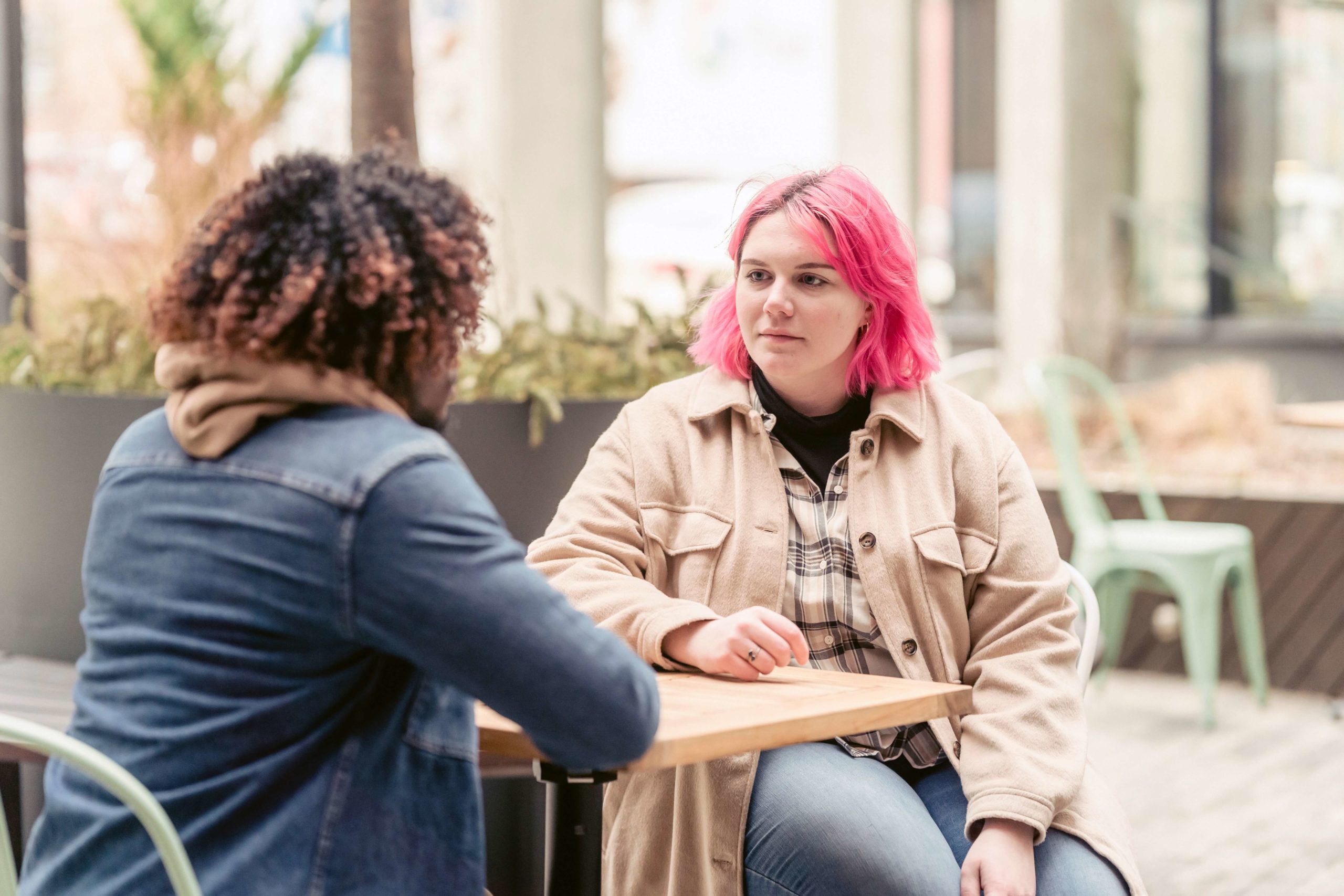ACTIVE LISTENING
Active listening is one of the most helpful skills we can utilize to help someone involved in active or recent trauma. When we listen to someone, we help carry the weight of their story with them. Studies show that listening to someone’s story is powerfully healing because it reduces anxiety and removes its power over a person.
Active listening is about listening and reflecting back what you’re heard.
While listening seems like a simple concept – close your mouth and open your ears – for many of us, it is a challenging exercise requiring lots of self-control. It requires concentration. It takes quieting our mind of our own experience and fully immersing ourselves in another person’s experience.
One of the hardest pieces of active listening is not rushing in to fix the issues. Part of healing is allowing people to feel their emotions and grieve losses. Recognize it’s ok for them to be sad or angry or frustrated. Just talking about it with a trusted person is the right way to help a person heal. When we empathize with someone else by sitting with them in their pain and acknowledging that they were heard and their emotions were valid, healing begins.
WHAT IS ACTIVE LISTENING?
Processing a traumatic memory is especially important within the first 24 – 72 hours of an event happening. The right side of our brain, the emotional and experiential side, works faster than the left side of our brain, the logical side. When we experience a traumatic event, our emotions and experiences are logged in our right brain very quickly. If we don’t have a chance to talk about what happened, that memory can get stuck there. Asking what happened uses the logical side of our brain. Pairing it with the emotional side helps integrate it across the brain. When we reflect back what they’ve said, both the event and the emotion, they hear it coming back towards them.
THREE STEPS
We can help integrate a memory across the whole brain with active listening.
There are 3 Simple Steps to Active Listening
1. ASK – What happened? Or what happened first/next?
2. ASK – How did that make you feel?
3. REFLECT – Paraphrase what you heard. Restate the emotion they felt.
Then repeat the process until the person is finished talking.
“What happened next? How did that feel? I hear you say…”
“Was there anything else? How did that make you feel? This is what I heard…”
When you’re finished listening be sure to:
Thank the person for sharing
Remind them you are there to listen if there’s more they want to say
Remind them you are with them and for them.
NAMING EMOTIONS
If a person doesn’t have words to describe the emotion they’re feeling, help them come up
with words by asking them questions.
For example, if a person shares they were being bullied and can’t describe the emotion, you might say, “Where did you feel it in your body? What did it feel like?”
Once you’ve honed in on what the emotion might be, you can ask, “Did you feel scared? When we’re scared, we are worried someone might hurt us or we don’t feel safe? We might feel like running or even fighting back? Was that how you felt?”
If not, try again, “Did you feel bad about yourself or like you were a bad person? That’s called shame. Was that how you felt?”
Sometimes we have more than one emotion going on so exploring several emotions can be helpful.
PAY ATTENTION TO:
Your Body language
• Posture – keep an open posture, engaged but not threatening,
• Eye contact – if possible, look at their left eye, which is innervated in their right brain where their emotions are housed. If eye contact is too challenging, wait until they look up, and look with compassion into their eyes. Try not to look away from them.
• Hands – if it’s appropriate, use physical touch to build connection – holding a hand, placing a hand on a shoulder, hug, & remember, ask for permission.
• Head motions – nod, use your eyebrows and eyes to communicate care
• Mirror – if possible, mirror their body positions to show you’re together with
how they are feeling
• Try NOT to fidget
Your Voice quality
• Use sounds to communicate you are listening – un huh, yeah, keep going, mmm
• Tone –choose soft and soothing tones
• Cadence –a slower cadence is appropriate if someone is sharing something hard
• Pitch –a middle pitch would fit in this case
• Reflecting back – repeat what you heard; reflecting back emotions
REMEMBER…
Remember that people will need time to think, process, heal. It’s ok if there are some
difficult moments and emotions. Prepare yourself to accept the following:
• Silence
• Patience
• Acceptance without judgement
• Questions without answers
• Sadness, Grief, & Tears
• Keeping your stories to yourself
• Revisiting the topic
Being heard heals, reduces stress, comforts, connects,
improves confidence, and helps make people feel valued.
RESOURCES:
Seven Steps to be a Better Listener. (2019, October 1). University of Utah Health. Retrieved January 10, 2022, from https://healthcare.utah.edu/the-scope/shows.php?shows=0_nc3919v2
Folkman, J., & Zenger, J. (2021, November 30). What Great Listeners Actually Do. Harvard Business Review. https://hbr.org/2016/07/what-great-listeners-actually-do
Jahromi, V. K., Tabatabaee, S. S., Abdar, Z. E., & Rajabi, M. (2016, March 25). Active listening: The key of successful communication in hospital managers. NCBI. https://www.ncbi.nlm.nih.gov/pmc/articles/PMC4844478/
Safe Listener’s Promise. (2018). Trauma Healing Basics. https://www.traumahealingbasics.org/safe-listeners-promise
Trauma Healing Institute. (2018). Three Questions. Trauma Healing Basics. Retrieved 2022, from https://www.traumahealingbasics.org/three-questions
Wenger Jr., H. (2014, January 8). The Relative Effectiveness of Active Listening in Initial Interactions. Taylor & Francis. https://www.tandfonline.com/doi/full/10.1080/10904018.2013.813234
Augsburger, D.W. Caring Enough to Hear and Be Heard: How to Hear and How to Be Heard in Equal Communication. Baker Publishing Group. 1982
Swing, S. & Towner, S. Listen to my Life

